1. Meat

Lab-grown meat, also called cultured meat, is set to transform the way we think about animal protein. Instead of relying on traditional farming, this meat is produced using animal cells cultivated in bioreactors, which allows scientists to recreate the texture, flavor, and nutritional profile of beef, chicken, and pork without raising or slaughtering animals. Cultured meat requires significantly fewer resources, such as land and water, and emits far less greenhouse gas than conventional livestock farming. Major companies like Upside Foods and Eat Just are already producing prototypes, and many countries are approving lab-grown meat for consumer markets.
By 2030, artificial meat will likely dominate grocery store shelves, especially as concerns over animal welfare and environmental sustainability grow. This new approach to meat production will also allow for greater customization, enabling companies to create products tailored to specific culinary traditions and dietary needs. The shift could lead to healthier and more ethical diets while addressing global food insecurity, making lab-grown meat a cornerstone of our future food system.
2. Seafood
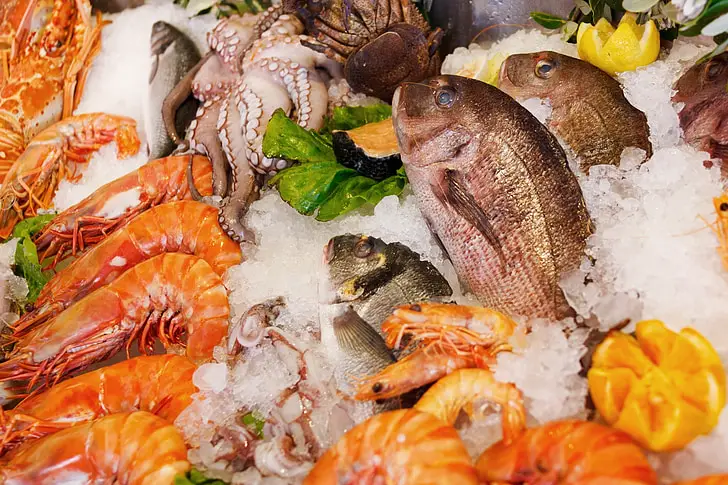
The world’s oceans are under tremendous pressure from overfishing, pollution, and climate change, making artificial seafood an increasingly attractive alternative. According to TIME magazine, scientists are developing lab-grown versions of shrimp, salmon, and even sushi-grade tuna by cultivating marine cells in controlled environments. These alternatives offer the same taste and nutritional benefits as traditional seafood but without harming marine ecosystems. Unlike wild-caught fish, lab-grown seafood eliminates the risks of mercury, microplastics, and overfished populations, making it a safer and more sustainable choice for consumers.
In addition to cellular agriculture, plant-based seafood products are gaining traction, using ingredients like algae and pea protein to replicate the texture and flavor of fish and shellfish. By 2030, the seafood industry could be dominated by these artificial options, paving the way for healthier oceans and more responsible consumption. Artificial seafood could also expand the culinary possibilities for coastal and landlocked communities alike, redefining how we enjoy the bounty of the sea.
3. Dairy Products

Dairy farming is one of the largest contributors to methane emissions, but artificial dairy products could change that by 2030. Precision fermentation is being used to create real dairy proteins like casein and whey without the need for cows. Companies such as Perfect Day and New Culture are already producing animal-free milk, cheese, and yogurt that are indistinguishable from their traditional counterparts. These products retain the creamy taste and rich textures of dairy but are lactose-free and environmentally sustainable.
As this technology advances, artificial dairy will allow for endless customization, enabling companies to develop healthier, fortified products that cater to dietary restrictions. By 2030, it is likely that artificial dairy will become the norm in many households, offering a guilt-free way to enjoy beloved staples like pizza, lattes, and ice cream. Beyond the environmental benefits, artificial dairy could also address global nutritional challenges by providing affordable and shelf-stable options for communities in need.
4. Eggs
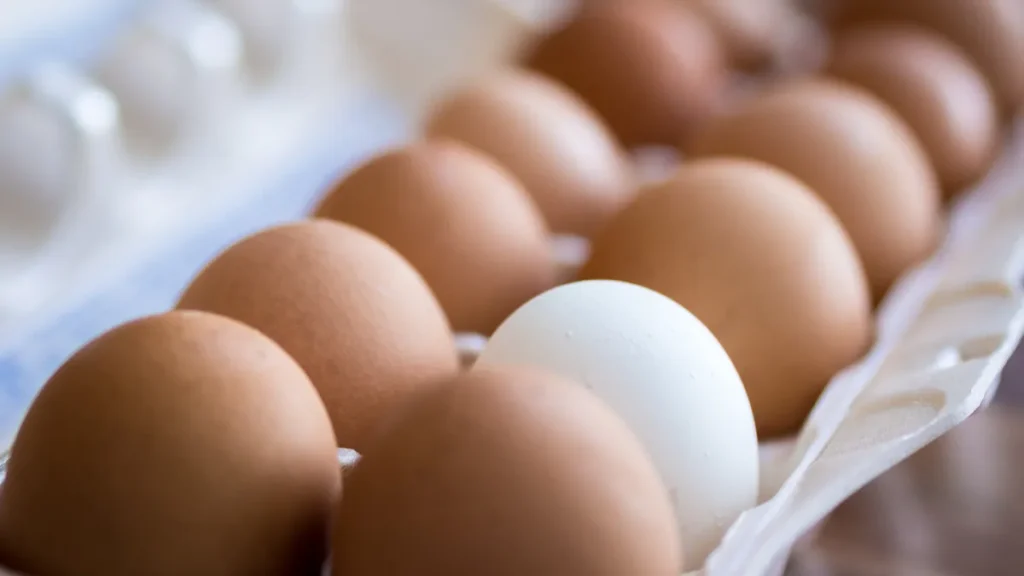
Eggs have long been a staple in kitchens worldwide, but by 2030, they might no longer come from chickens at all. Artificial eggs are being developed through both plant-based and cellular agriculture technologies to replicate the taste, texture, and functionality of traditional eggs. Companies like JUST Egg have already introduced liquid plant-based egg alternatives, and researchers are working on creating lab-grown versions that include yolk and whites. These products not only cater to vegans and individuals with egg allergies but also address ethical concerns surrounding factory farming and animal welfare. The production process for artificial eggs requires significantly less water and land compared to conventional poultry farming, making them an eco-friendly option for a sustainable future.
By 2030, artificial eggs are expected to outperform traditional eggs in terms of versatility and nutritional benefits. Scientists are even exploring ways to fortify these eggs with additional vitamins and minerals, such as omega-3s or B12, making them a healthier choice. They will also be free of common concerns like salmonella contamination, ensuring a safer product for consumers. Whether scrambled, baked, or boiled, these alternatives are designed to match the culinary versatility of traditional eggs, giving chefs and home cooks endless options. Artificial eggs are poised to become a game-changer in the global food market, appealing to ethical eaters and sustainability advocates alike.
5. Honey
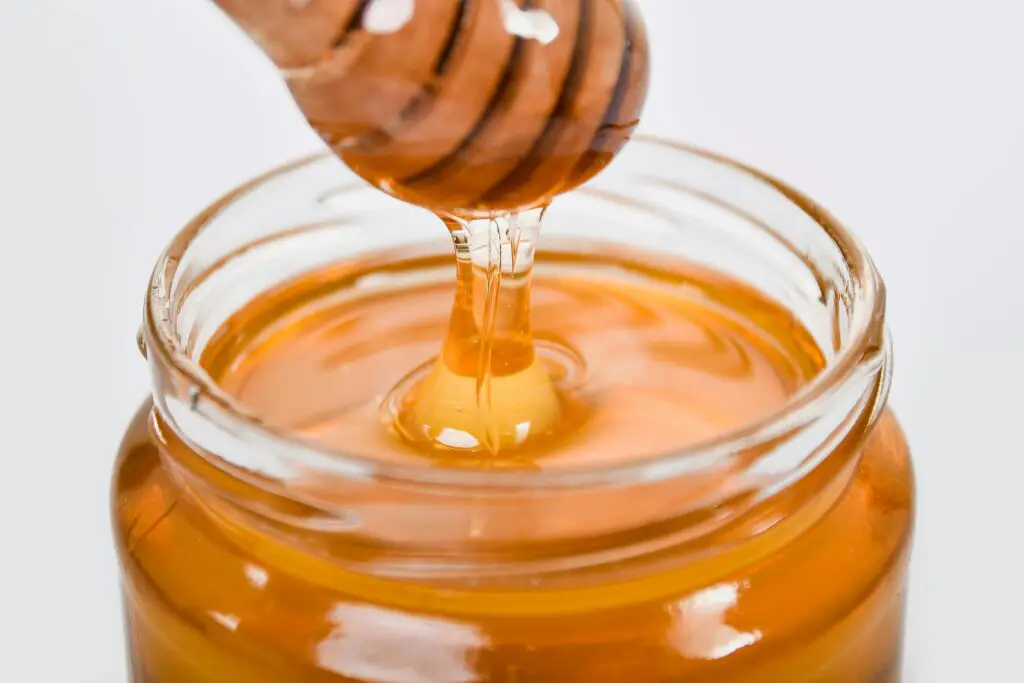
The global decline of bee populations has created a significant need for artificial honey, and scientists are already stepping up to the challenge. Synthetic honey is produced through precision fermentation or plant-based processes that replicate the complex flavors, texture, and sweetness of natural honey. Unlike traditional honey, artificial versions do not rely on overworked bees or commercial beekeeping practices that can harm pollinator populations. These synthetic alternatives are also free from contaminants like pesticides and antibiotics, offering a purer, safer product for consumers. Green Queen’s taste test even claims not to notice a difference in flavor.
By 2030, artificial honey will likely be a common pantry item, particularly for individuals who value sustainability and biodiversity. Beyond its environmental benefits, this innovation will ensure a consistent supply of honey, even in regions where bee populations are struggling. Scientists are also exploring ways to enhance the nutritional properties of synthetic honey, potentially adding antioxidants or medicinal compounds. Artificial honey could even expand culinary possibilities, offering unique flavor profiles that cater to specific tastes. This breakthrough is not just about replacing a beloved food but about protecting the delicate ecosystems that bees help maintain.
6. Chocolate
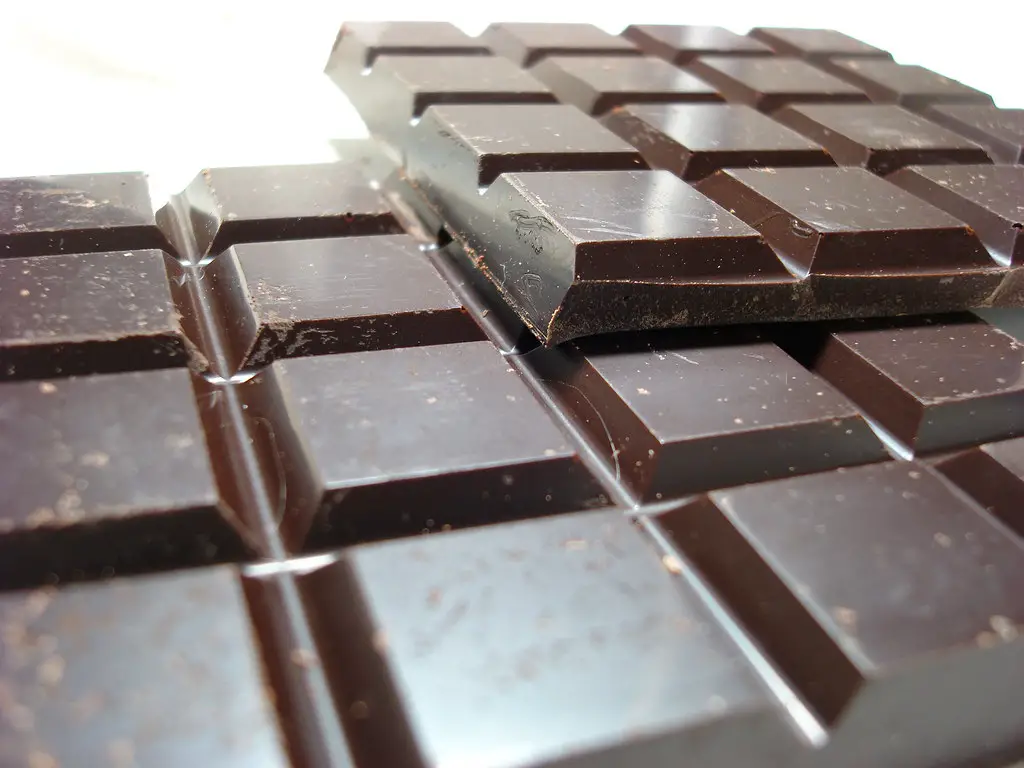
As climate change and ethical concerns threaten cocoa farming, artificial chocolate has emerged as a viable alternative. Using fermentation techniques and synthetic biology, scientists are creating chocolate that mimics the flavor, aroma, and texture of traditional cocoa-based treats. The Atlantic reports that these processes eliminate the need for large-scale cocoa farming, which is often linked to deforestation, soil degradation, and child labor in developing countries. Artificial chocolate also requires fewer resources, reducing the environmental footprint of chocolate production.
By 2030, artificial chocolate will likely become the go-to option for consumers who care about sustainability and ethics. Beyond mimicking traditional chocolate, this innovation opens doors to new possibilities, such as reducing sugar content or adding health-enhancing ingredients like probiotics or antioxidants. Artificial chocolate may also offer consistent quality and longer shelf life, making it an attractive choice for manufacturers and consumers alike. This shift could redefine how we enjoy one of the world’s most beloved indulgences while addressing some of its most pressing production challenges.
7. Coffee

Rising global temperatures and plant diseases are jeopardizing coffee production, but artificial coffee could be the solution. Scientists are using synthetic biology and fermentation to replicate the chemical compounds responsible for coffee’s distinctive flavor and aroma. Unlike traditional coffee, which depends on vulnerable Arabica and Robusta plants, artificial coffee eliminates the need for farming, making it a more sustainable and reliable option. Additionally, synthetic coffee offers a consistent quality that traditional farming cannot guarantee, especially as climate change affects coffee-growing regions. One such producer is Atomo Coffee, which has been featured in a handful of major publications.
By 2030, artificial coffee is expected to become a staple in cafes and grocery stores worldwide. This alternative will not only ensure a steady supply but also reduce the environmental impact of coffee farming, which often involves deforestation and intensive water usage. Artificial coffee could also cater to diverse consumer preferences, offering customizable caffeine levels, flavors, and even health benefits. For coffee lovers, this innovation represents an exciting opportunity to enjoy their favorite beverage without compromising on quality or sustainability.
8. Sugar

Sugar production has long been associated with environmental and health concerns, but artificial sugar alternatives are changing the game. Scientists are using advanced fermentation techniques to create sweeteners that replicate the taste and texture of sugar without the calories or glycemic impact. These alternatives are designed to be healthier while requiring fewer resources than traditional sugarcane or beet farming—even the Mayo Clinic has highlighted their pros and cons. Artificial sugar also addresses the issue of habitat destruction caused by large-scale agricultural practices, making it a more eco-friendly option.
By 2030, artificial sugar is expected to dominate the sweetener market, providing a guilt-free option for consumers. These products will cater to individuals with diabetes or those seeking to reduce their sugar intake while maintaining the same sweetness they’re accustomed to. Artificial sugar could also revolutionize food manufacturing, enabling healthier versions of popular products without compromising flavor. As these innovations continue to evolve, they will play a crucial role in promoting sustainable and health-conscious diets globally.
9. Fruits
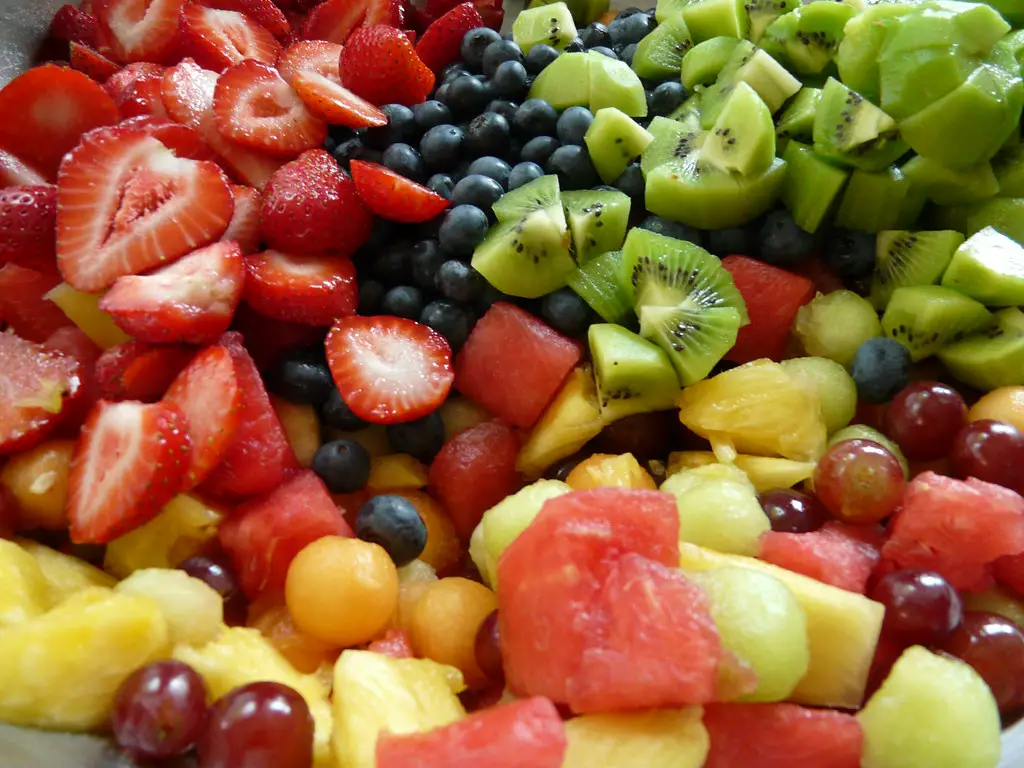
Artificial fruits may sound like science fiction, but advancements in food technology are making them a reality. While replicating whole fruits is complex, scientists are developing artificial juices, purees, and plant-based alternatives that mimic the flavor, texture, and nutritional content of real fruit. These innovations aim to address challenges like climate change, crop diseases, and seasonal availability, ensuring a consistent supply of fruit-derived products.
By 2030, artificial fruits could play a significant role in reducing food waste and improving global food security. These alternatives can be fortified with additional vitamins and minerals, offering a healthier option for consumers. Artificial fruits could also expand culinary possibilities, introducing new flavors and combinations not found in nature. As traditional fruit farming faces increasing pressures, artificial fruits will provide a reliable and sustainable solution for the future.
10. Vegetables

Vegetables have always been a cornerstone of a healthy diet, but producing them can be resource-intensive and vulnerable to environmental challenges. To address these issues, artificial vegetables are being developed through a combination of lab-based technologies and advanced farming techniques. These innovations focus on replicating the taste, texture, and nutrient content of real vegetables without relying on traditional agriculture. Companies are exploring ways to use cellular agriculture and fermentation to produce vegetable-like products that are indistinguishable from the real thing. Artificial vegetables could also solve the issue of seasonality, ensuring a year-round supply of fresh-tasting options, regardless of weather conditions or regional limitations.
By 2030, artificial vegetables are expected to become a staple for consumers, especially in urban areas or regions facing agricultural limitations. These products could be enhanced with added nutrients or customized to specific dietary needs, making them an even healthier option than traditional vegetables. Additionally, artificial production methods can significantly reduce food waste by ensuring uniform quality and a longer shelf life. For farmers, this shift could alleviate the risks associated with crop diseases, pests, and fluctuating weather patterns. As technology continues to improve, artificial vegetables will not only supplement natural ones but could also become a primary source of plant-based nutrition.
11. Bread

Bread, one of humanity’s oldest and most cherished staples, is also undergoing a significant transformation. Artificial bread is being developed using alternative flours, precision fermentation, and bioengineered yeasts to replicate the taste, texture, and appearance of traditional bread. These new methods aim to overcome the limitations of conventional bread production, such as gluten intolerance, wheat shortages, and the environmental impact of large-scale agriculture. By using innovative techniques, artificial bread can be made from non-traditional ingredients like chickpeas, lentils, or even lab-grown proteins, offering a sustainable and versatile alternative.
By 2030, artificial bread could become a primary option for those seeking healthier, allergen-free, or more sustainable choices. These alternatives may also offer enhanced nutritional value, such as higher protein content, added fiber, or fortified vitamins. Additionally, the production process can reduce waste and extend shelf life, making it more efficient and accessible. Bakers and manufacturers could experiment with unique flavors and textures, providing a modern twist on a classic food item. Artificial bread has the potential to meet the needs of a growing population while addressing environmental and health concerns, ensuring it remains a beloved staple in diets worldwide.
12. Ice Cream

Ice cream has always been synonymous with indulgence, but its production is traditionally resource-intensive and reliant on dairy farming, which contributes to greenhouse gas emissions. Artificial ice cream is changing the game by using plant-based ingredients or lab-grown dairy proteins to create creamy, flavorful desserts that rival traditional options. Companies are already producing alternatives that mimic the texture and taste of conventional ice cream while being more sustainable and suitable for a broader range of dietary restrictions. These innovations eliminate the environmental impact of dairy farming, while also catering to vegans, lactose-intolerant consumers, and those seeking healthier dessert options.
By 2030, artificial ice cream will dominate the market, offering endless possibilities for customization. Scientists are exploring ways to reduce sugar and fat content without compromising flavor, making it an indulgence that aligns with healthier lifestyles. The production of lab-grown dairy proteins also allows for unique flavor combinations and textures not possible with traditional ingredients. Additionally, the extended shelf life and reduced reliance on animal farming make artificial ice cream a more sustainable choice for the planet. Whether it’s for a quick treat on a hot day or a centerpiece at a celebration, artificial ice cream will revolutionize how we enjoy one of the world’s most beloved desserts.
